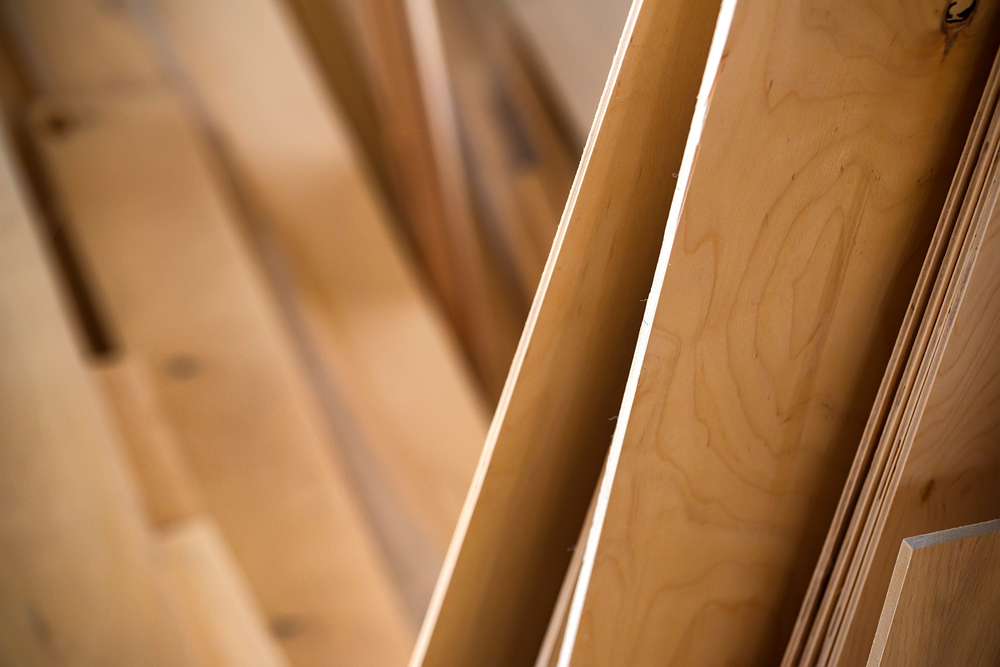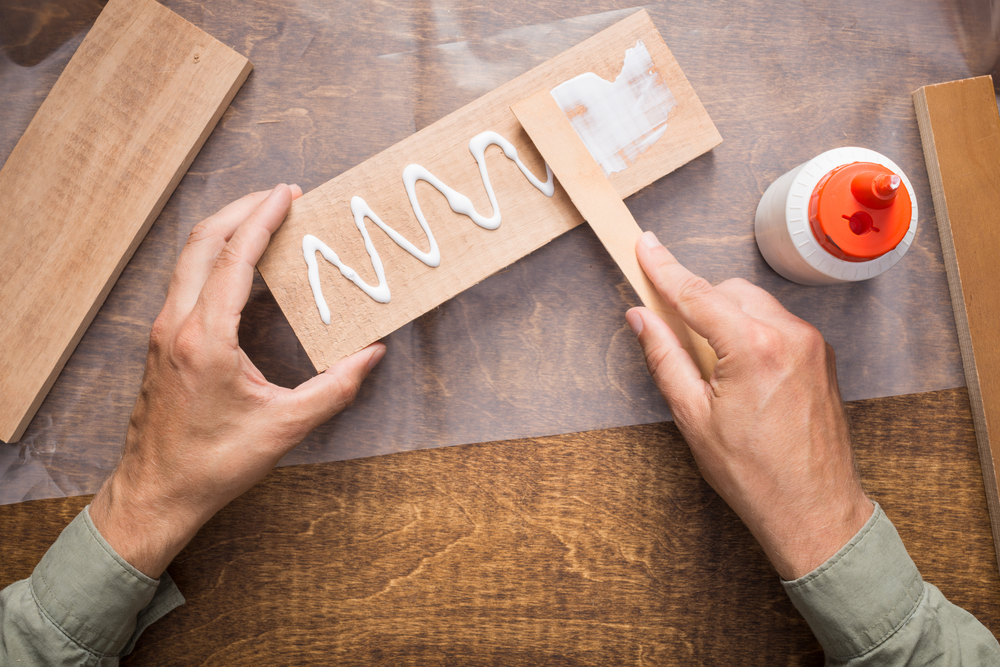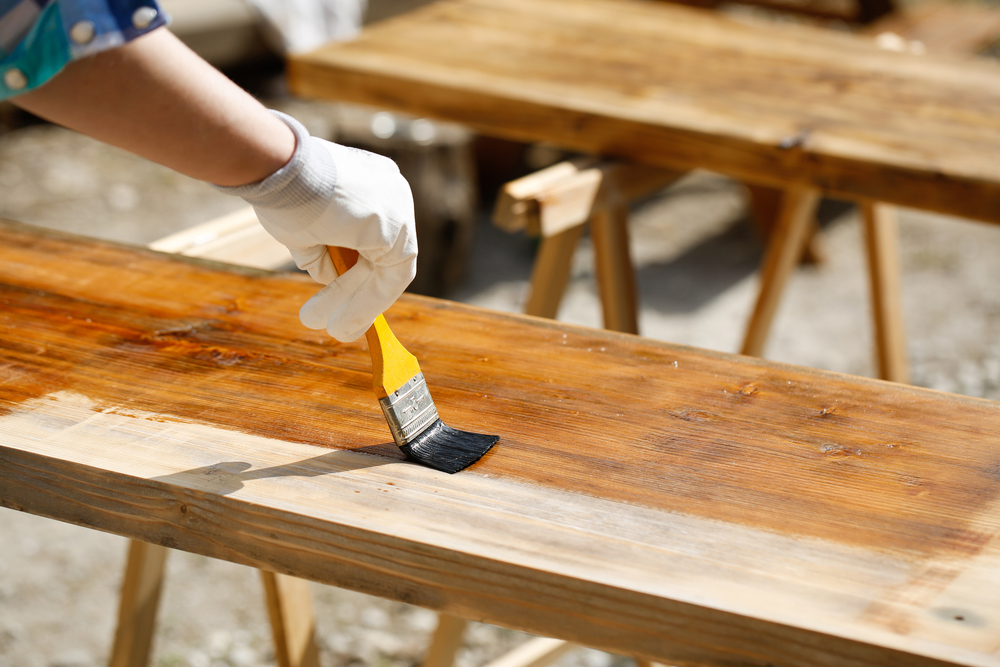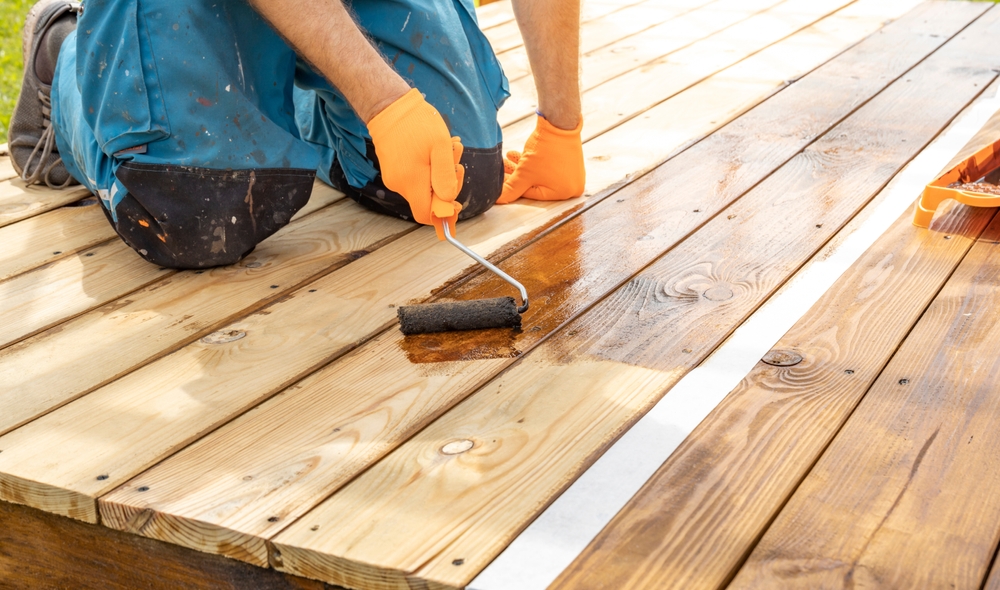Understanding Termite Droppings: What Do They Look Like?
Termites are often silent destroyers of wood, making their presence known too late when damage is evident. However, one visible sign of termite activity is their droppings. Understanding what termite droppings look like can help prevent extensive damage to a property.
Characteristics of Termite Droppings
Termite droppings, also known as frass, vary depending on the type of termite. Primarily, drywood termites are the ones that leave visible droppings because subterranean termites use their waste to build mud tubes. These droppings tend to be hard, pellet-shaped, and a bit like sawdust or coffee grounds. Unlike dirt, they do not crumble when picked up.
Drywood termites expel their feces through small holes, resulting in piles that can accumulate around infested wood. These droppings may be found in attics, basements, or other wooden structures within a building. Being small and tubular, around 1 millimeter in length, they often go unnoticed until a substantial pile forms.
Color and Texture
Termite frass can vary in color, often reflecting the wood they consume. Common colors include light brown, almost beige, and even black. The texture is generally smooth, but each pellet is distinct when closely examined. This uniform shape helps distinguish termite droppings from other types of debris such as sawdust produced by carpenter ants.
The color consistency within a pile can indicate the type of wood being consumed. Different shades are possible because termites often borrow different channels to light from various wood layers.
Comparing Termite Droppings to Other Pests
People sometimes confuse termite droppings with those of other pests like ants or rodents. Unlike rodent droppings, which are usually larger and more elongated, termite droppings are smaller and granular. In comparison to ants, particularly carpenter ants, whose frass is mixed with fragments of wood or debris, termite droppings are more uniform and not mixed with external materials.
Recognizing the unique characteristics of termite frass is crucial for accurate identification. This helps in ensuring the correct pest control measures are applied, preventing ineffective treatments.
Locations You Might Find Termite Droppings
Termite droppings can be found in areas where drywood termites have established their colonies inside furniture, wooden floors, or attic spaces. Check the joints of wooden beams or window frames where they might have pushed their frass through holes.
Typically, you’ll spot droppings near the entry points termites use to access wood. It’s common around corners of walls, behind fixtures, or beneath anything wooden like bookshelves or wooden furniture.
Importance of Termite Droppings as Indicators
Spotting these droppings early is crucial for taking preventative measures. It can save thousands in repair costs by catching the infestation before significant structural damage occurs. Homeowners should regularly inspect potential infestation areas and consult professionals if they find any signs.
Handling and Safety Concerns
While termite droppings are not toxic, handling them is best left to professionals trained to assess the infestation’s extent. Also, knowing what droppings look like and where they can appear helps in communicating with pest control professionals for a more effective treatment plan.
Termite Droppings Vs. Water Damage Signs
Water damage signs might mimic termite presence due to similar effects on wood, such as blistering or peeling. Knowing these differences highlights why frass is often the more distinct indicator of termites rather than other environmental factors.
When you observe frass, it’s critical not to dismiss it as mere water damage byproducts like mold or fungus, which could mask an active termite problem. Inspecting closely for diversified pellet colors and gathering helps distinguish termite activity from water-induced changes.
Regular Inspection Tips
- Schedule periodic inspections of wooden areas and furniture.
- Utilize flashlights to check hard-to-see corners.
- Monitor little-known spots like crawl spaces or underground cellars.
- Stay aware of changes in suspected termite activity areas.
An awareness and understanding of termite droppings can empower homeowners to protect their property better and encourage timely intervention when needed. Continual vigilance and prompt action are keys to managing pest invasions like termites effectively.






